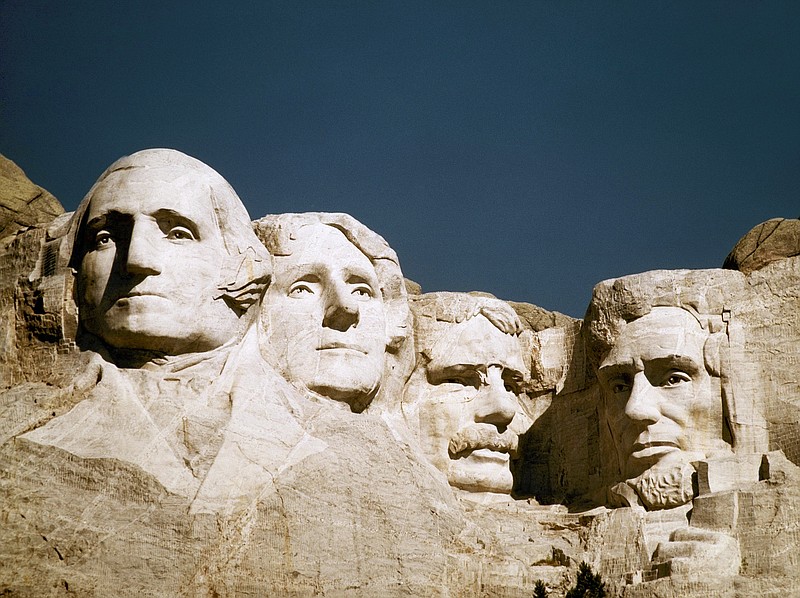At one time in our history, a "liberal" was committed to preserving the God-given individual rights of citizens. In that sense, all of our Founding Fathers and those patriots who died to make and keep America free were liberals. However, the liberal epitaph has changed drastically from those defending individual rights to those willing to crush individual rights in the name of the politically correct cause-du-jour. Such modern liberal causes are often based on "junk" science, not facts.
Occasionally though, truth, like cream, rises to the surface. It happened this spring. Our federal government, through its NASA research arm, announced it is poised to correct 43 years of wrong thinking that banned supersonic commercial aviation across our skies. Environmental activists in the 1960s, led by British high school teacher Richard Wiggs, were determined to shut down the supersonic transport (SST). Much of Wiggs' arguments came from outdated data based on large and heavy supersonic aircraft flying at relatively low altitudes. The data were quickly debunked by both the FAA and the British Civil Aeronautics Authority; however, in the liberal ideological world, facts are inconvenient obstacles often discarded to advance self-serving causes.
Here's the science: Sonic booms are simply sound waves that diminish over a given distance. So, the farther away a "boom" occurs, the less it can be heard. Since most supersonic transports travel at altitudes near 60,000 feet (more than 11 miles high), the "boom" is barely registered on Earth's surface. Additionally, the intensity of the boom is directly proportional to the weight of the aerospace vehicle. The massive SST in the 1960s weighed more than 400,000 pounds; however, smaller supersonic passenger aircraft combined with lighter weight engines and composite materials were planned that would greatly reduce aircraft weight and make the newer supersonic "footprint" a fraction of the SST.
Despite the facts, Wiggs and his celebrity supporting cast quickly gained traction in the liberal media and launched a full-scale assault against the SST in 1968 in both the United States and Europe. Eventually a compromise was reached so the SST could fly between Europe and America but could not travel at supersonic speeds until it was well over the ocean. In 1973, a Democratic controlled U.S. House and Senate went a step further and banned supersonic commercial aviation in our skies.
U.S. commercial aviation was set back years as a result. Despite the development of "quiet" supersonic technology, no company has since dared to invest substantial private capital in a cause that might easily be shot down by the 1973 law. Proponents of reviving supersonic passenger aircraft are hopeful that NASA studies will furnish enough convincing data to allow Congress to base its decision this time on validated scientific facts - not the "junk" science advocated by Wiggs and his ilk.
Consider the benefits. A flight from coast to coast now takes about six hours; a supersonic passenger aircraft could do it in less than three. Additionally, while our nation once led the world in commercial aircraft production with innovative companies like Lockheed, McDonnell Douglas, Convair, and Republic, now there's only one - Boeing. The good news is that several new companies are in pre-production of supersonic transports. Removing the current ban would give a huge boost to U.S. aircraft production, job creation and technological innovation in our country.
It's conceivable our own community could benefit. If we make the VW Passat today, why not supersonic passenger aircraft tomorrow? We should ground the senseless ban on supersonic passenger aircraft.
Roger Smith, a local author and frequent contributor to the Times Free Press, is also a retired USAF lieutenant colonel and has flown for a major U.S. airline for 20 years.
